The DX barcode on a 35mm roll of film is there, in part, to tell the camera it’s put into what ISO the film is. The majority of cameras from the mid 80’s onwards read this code automatically via either electrical or optical readers. Some cameras allow the user to override this code, but many, especially 35mm compact cameras don’t. If you only ever shoot film at it’s box speed, then this won’t cause you any problems but should you ever wish to push or pull your film shot in a camera without manual ISO override setting, then you might wish to recode the DX barcode.
The two things you will need are a sharp knife and a roll of electrical tape, preferably black, especially if your camera has an optical DX reader.
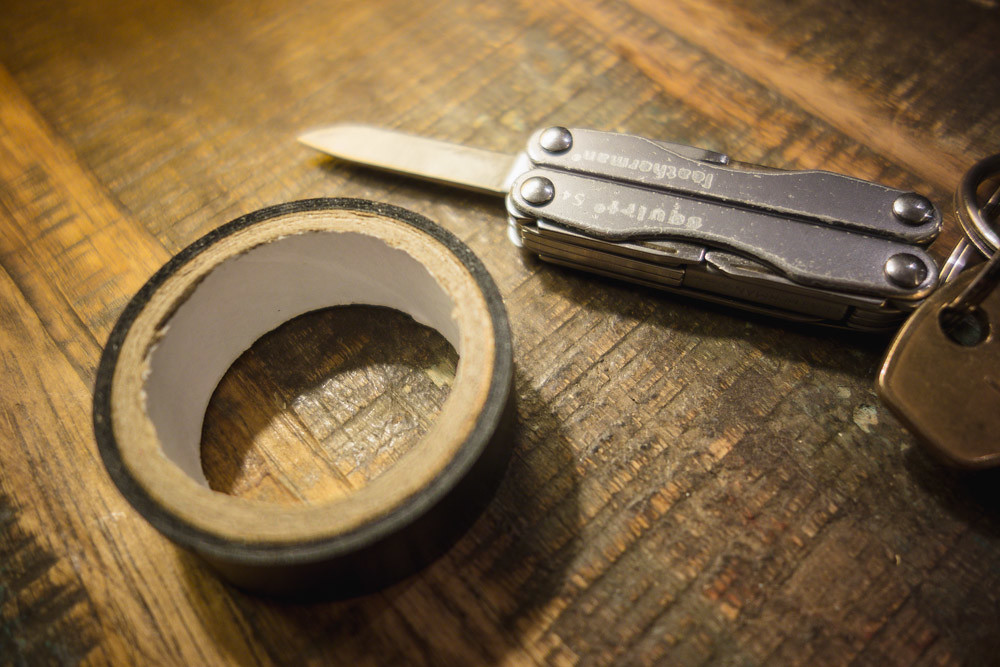
Looking at the side of the film with the leading pointing up, it is the top row of silver/black rectangles that we are changing. The film in question is a roll of 200iso film that I’d like to recode to 400iso. If you look at the chart at the bottom of this article and compare 200 to 400 you will see I need to remove one black rectangle and add two.
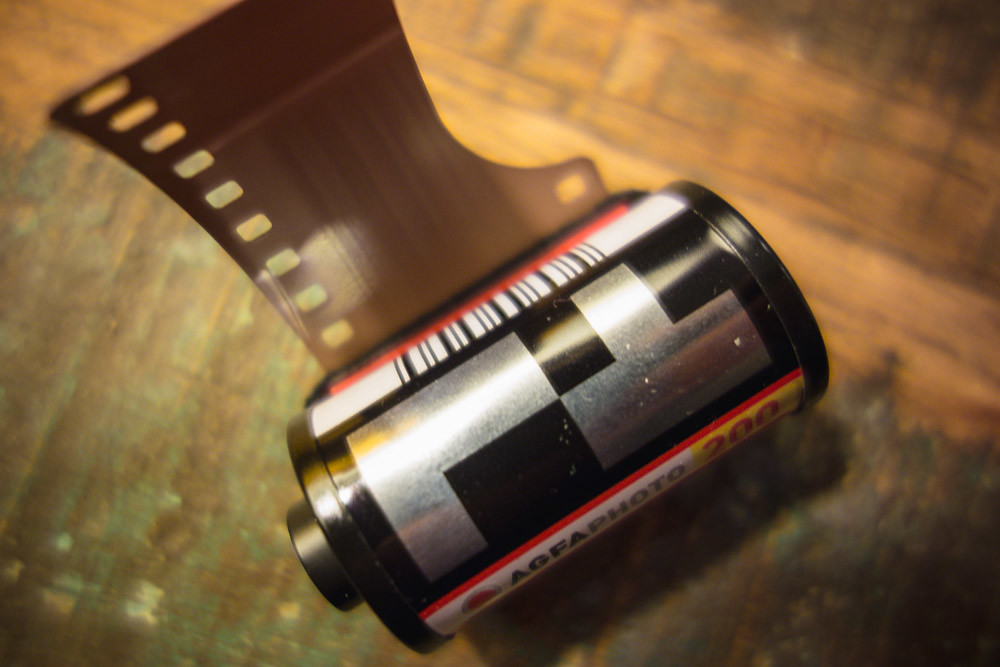
To remove the rectangle I simply scratch it off with the edge of my knife. Like so:
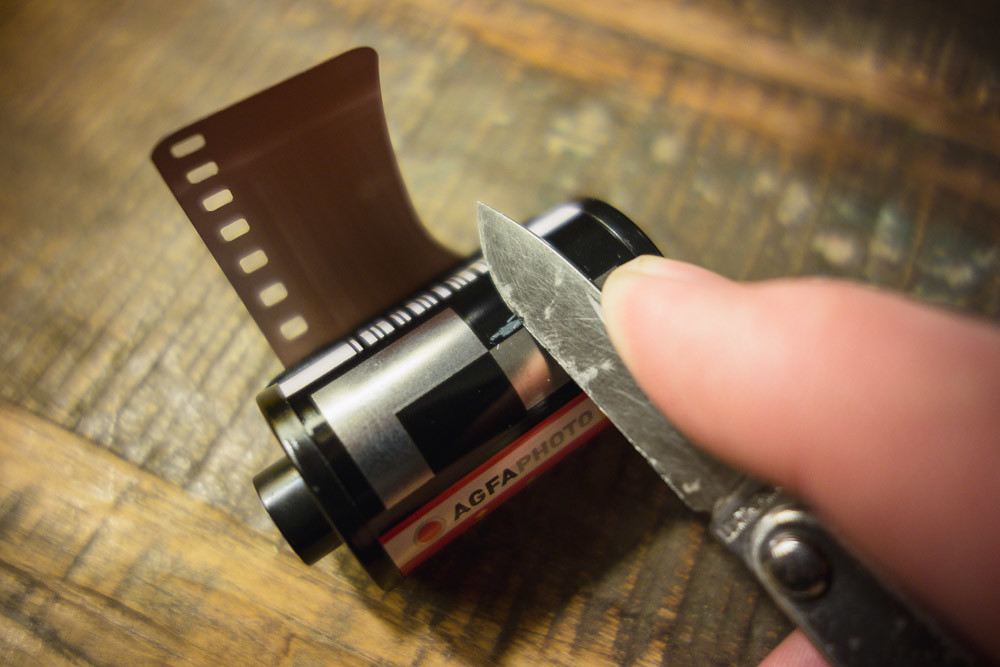
Once removed it should look like this:
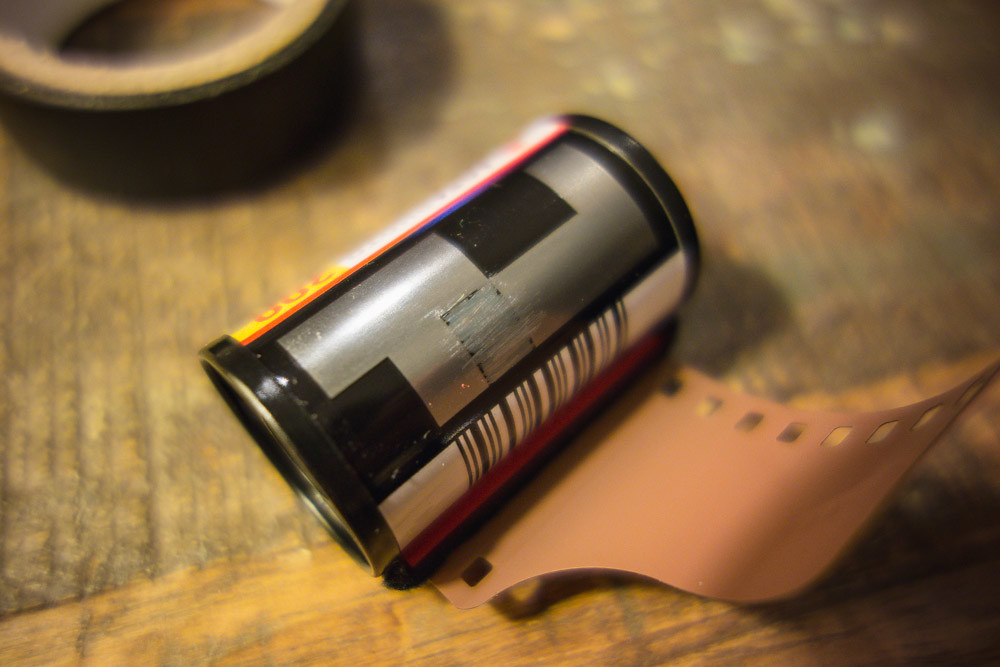
The next step is to add two more black rectangles. To do this I cut a piece of black electrical tape to size and stick it in place like this:
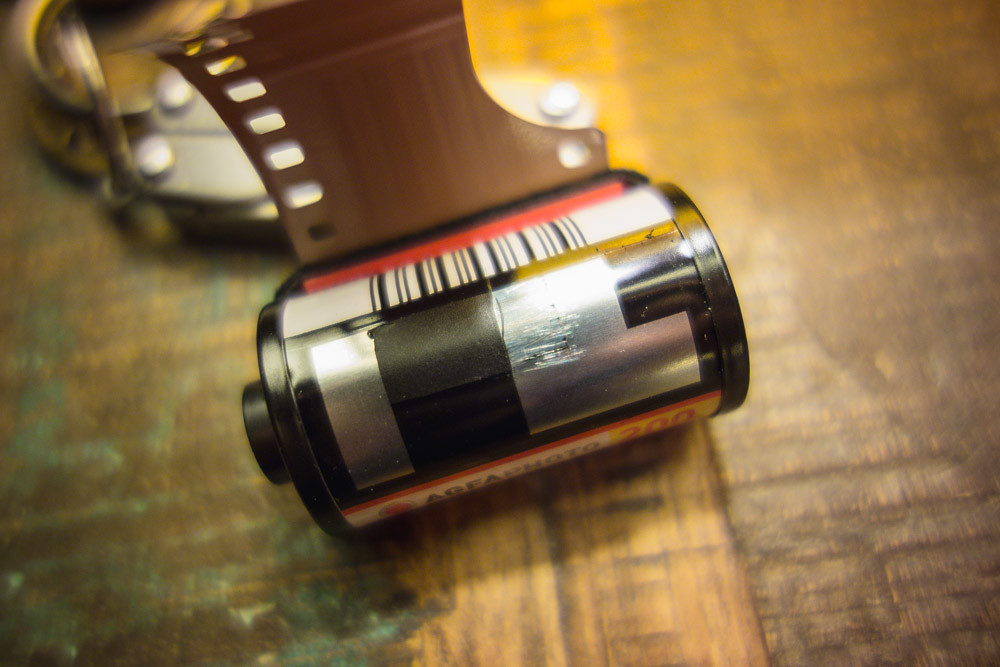
And it’s a simple as that! This film will now be read as 400iso by the camera it is put into.
The following table illustrates all the possible DX codes for coding ISO from 25iso to 5000iso:
| 25 iso | ||||||
|---|---|---|---|---|---|---|
| 32 iso | ||||||
| 40 iso | ||||||
| 50 iso | ||||||
| 64 iso | ||||||
| 80 iso | ||||||
| 100 iso | ||||||
| 125 iso | ||||||
| 160 iso | ||||||
| 200 iso | ||||||
| 250 iso | ||||||
| 320 iso | ||||||
| 400 iso | ||||||
| 500 iso | ||||||
| 640 iso | ||||||
| 800 iso | ||||||
| 1000 iso | ||||||
| 1250 iso | ||||||
| 1600 iso | ||||||
| 2000 iso | ||||||
| 2500 iso | ||||||
| 3200 iso | ||||||
| 4000 iso | ||||||
| 5000 iso |
Thanks for reading
Hamish
Share this post:
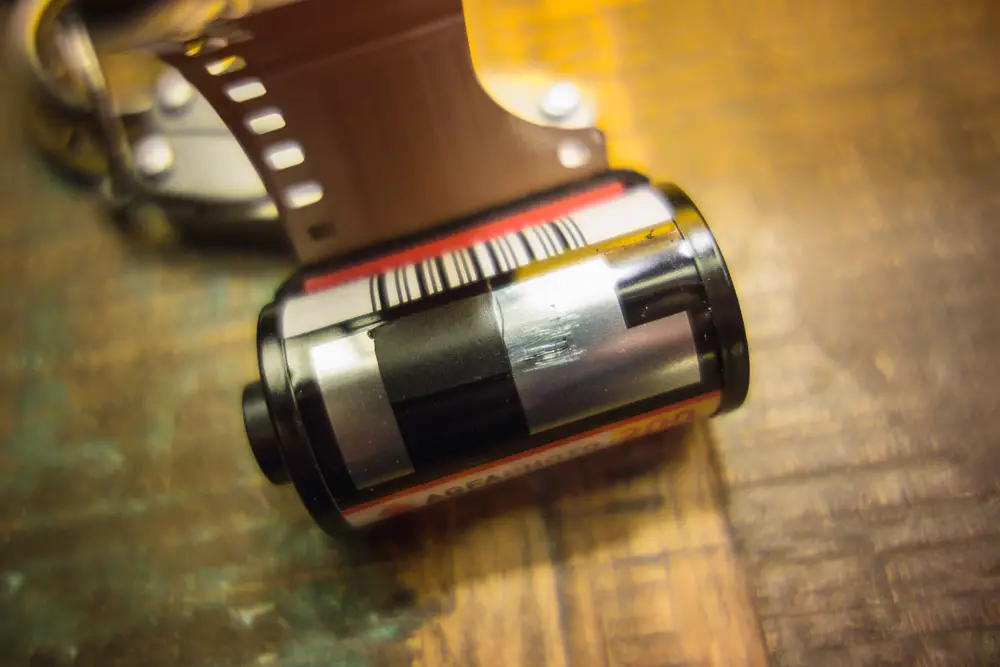








Comments
Rob on How to Recode / Edit the DX barcode on 35mm Film Canisters
Comment posted: 08/03/2014
Rob
Comment posted: 08/03/2014
Rob on How to Recode / Edit the DX barcode on 35mm Film Canisters
Comment posted: 08/03/2014
Canon Prima 120 - My current telephoto lens of choice! : 35mmc on How to Recode / Edit the DX barcode on 35mm Film Canisters
Comment posted: 15/03/2014
Canon Sure Shot Sleek {Second Chance at Love} | Shoot With Personality on How to Recode / Edit the DX barcode on 35mm Film Canisters
Comment posted: 03/08/2014
Barry on How to Recode / Edit the DX barcode on 35mm Film Canisters
Comment posted: 09/12/2014
Comment posted: 09/12/2014
Comment posted: 09/12/2014
Roll 1: Testing an Olympus Infinity Jr/AF-10 Super | 52 rolls on How to Recode / Edit the DX barcode on 35mm Film Canisters
Comment posted: 02/01/2015
Simeon on How to Recode / Edit the DX barcode on 35mm Film Canisters
Comment posted: 12/06/2015
Comment posted: 12/06/2015
Comment posted: 12/06/2015
Oshi Shikigami on How to Recode / Edit the DX barcode on 35mm Film Canisters
Comment posted: 12/08/2015
Comment posted: 12/08/2015
Comment posted: 12/08/2015
Comment posted: 12/08/2015
JJ Holdijk on How to Recode / Edit the DX barcode on 35mm Film Canisters
Comment posted: 25/04/2016
Comment posted: 25/04/2016
Alexander on How to Recode / Edit the DX barcode on 35mm Film Canisters
Comment posted: 01/06/2016
Comment posted: 01/06/2016
Joey Harrison on How to Recode / Edit the DX barcode on 35mm Film Canisters
Comment posted: 11/09/2016
Except that when I got set to hack a roll of Kodak Professional Tmax 100, I discovered that your bar code key for ISO 100 doesn't match the one on the film canister. Then, just out of curiosity, I checked two other rolls. Kodak 400UC (C-41) and Fujicolor Super HQ 200 (C-41). The Fujicolor's bar code matched the one on your chart but the Kodak 400 did not.
So ...
Comment posted: 11/09/2016
Joey Harrison on How to Recode / Edit the DX barcode on 35mm Film Canisters
Comment posted: 11/09/2016
Joey Harrison on How to Recode / Edit the DX barcode on 35mm Film Canisters
Comment posted: 12/09/2016
Comment posted: 12/09/2016
daniel on How to Recode / Edit the DX barcode on 35mm Film Canisters
Comment posted: 11/06/2017
Comment posted: 11/06/2017
Comment posted: 11/06/2017
Olympus L-10 Panorama Review - Guest Post by EMULSIVE - 35mmc on How to Recode / Edit the DX barcode on 35mm Film Canisters
Comment posted: 25/09/2017
The Nikon 28ti and 35ti - a mini-review - By Ahmed Al Shorouqi - 35mmc on How to Recode / Edit the DX barcode on 35mm Film Canisters
Comment posted: 10/03/2019
A Ricoh mystery camera - the RZ-105 Zoom Date - By Ivan Palli - 35mmc on How to Recode / Edit the DX barcode on 35mm Film Canisters
Comment posted: 17/03/2019
Notes on the Yashica Auto Focus Motor: A Review - By Michael Raven - 35mmc on How to Recode / Edit the DX barcode on 35mm Film Canisters
Comment posted: 28/09/2019
ฟิล์มหนัง ใช้กับกล้องที่ auto set ISO ได้ไหมครับ ต้องตั้ง ISO ยังไง ? – abstractfilms on How to Recode / Edit the DX barcode on 35mm Film Canisters
Comment posted: 17/10/2019
5 frames with Santa Rae 1000 and a Nikon EM - by Charles Higham - 35mmc on How to Recode / Edit the DX barcode on 35mm Film Canisters
Comment posted: 27/01/2020
Clifford Gwinn on How to Recode / Edit the DX barcode on 35mm Film Canisters
Comment posted: 05/05/2020
Bob Janes on How to Recode / Edit the DX barcode on 35mm Film Canisters
Comment posted: 20/04/2021
Comment posted: 20/04/2021